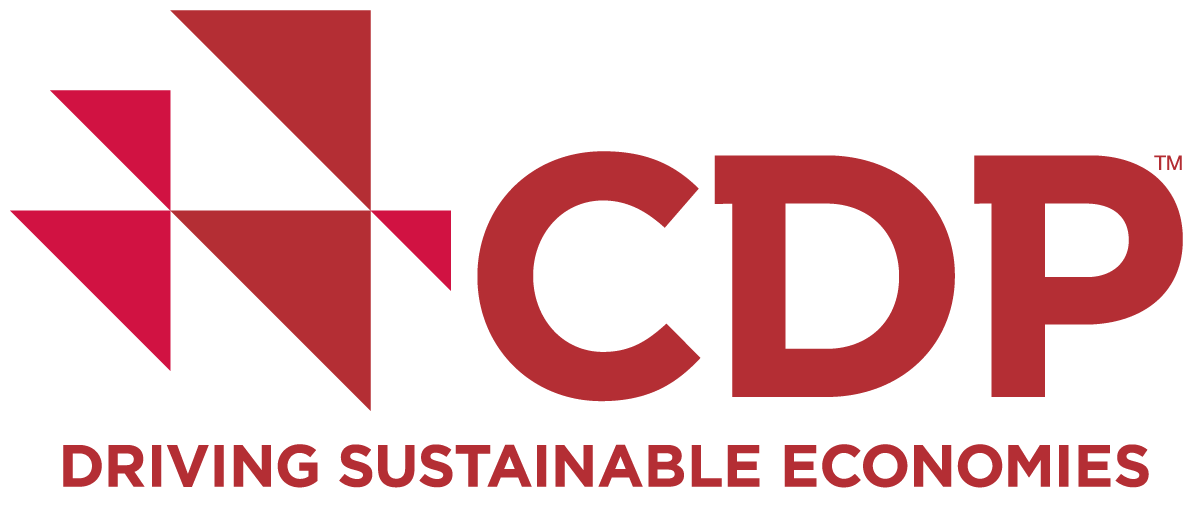K Cup Inventor has Regrets
 Thursday, March 5, 2015 at 05:26PM
Thursday, March 5, 2015 at 05:26PM 
It seemed like a great idea at the time. It's handy, fun to use, makes a bundle of money for the coffee companies, and "fundamentally changed the coffee expereince." It was the disruptor that designers strive for and businesses salivate over. Nearly one in three American households now own a pod based machine and last year, alone, Keurig sold over 9 billion K cups. Since 2012 when the patent expired, the pod machine business exploded and is on its way to making the pod experience ubiquitous with a new partnership between Keurig and Coca-cola.
But, they are expensive, and not recyclable or biodegradable. One Canadian province says that k cups make up 1% of their garbage. Accoring to a #Kill the K Cup viral video, if placed end-to-end, they would circle the globe 10.5 times. Or 12 times, depending on who you ask. And if you ask the right person, they are recyclable, but you just have to take a minute to disassemble them into paper, plastic, and metal components. This is a bit of a paradox for Green Mountian Coffee, a coffee producer known for its sustainability practices. (Green Mountain bought Keruig in 2006 and recently changed its name to Keurig Green Mountain.)
Sylvan the K Cups inventor and founder of Keurig, who was bought out early, doesn't even use a pod machine. He considers them too expensive and...
“...No matter what they say about recycling, those things will never be recyclable, the plastic is a specialized plastic made of four different layers." The cups are made from plastic #7, a mix that is recyclable in only a handful of cities in Canada. That plastic keeps the coffee inside protected like a nuclear bunker, and it also holds up during the brewing process. A paper prototype failed to accomplish as much
Sylvan knew the pods would sell. As he explains the appeal now, “It's like a cigarette for coffee, a single-serve delivery mechanism for an addictive substance.” But he had no idea at the time how ubiquitous the product would become. And like printer cartridges or razor blades, the Keurig business model was predicated on another type of dependence.
He eventually made a pretty good amount of money off of his invention, but has turned to solar panal manufacturing, perhaps to make up for
Read the full story of the K Cup at the Atlantic

















